17-Day Mt Kailash and Lake Manasarovar Hiking Tour
Tour Route: Lhasa → Gyantze → Shigatse → Sakya → Saga → Payang → Darchen → Mt.Kailash → Dingri → Zhangmu

 Tour Code: XZ-7
Tour Code: XZ-7



17 Days from USD5579
- This price is based on double occupancy;
- This price is based on 3-star accommodation level in low season;
- This price doesn’t include the international airfare.
Overview & Highlights of this Trip
Itinerary Details
Trip at a Glance
Day 1: Lhasa Arrival
Day 2: Lhasa
Day 3: Lhasa
Day 4: Gyantze
Day 5: Shigatse
Day 6: Sakya
Day 7: Saga
Day 8: Payang
Day 9: Darchen
Day 10: Mt.Kailash
Day 11: Mt.Kailash
Day 12: Mt.Kailash
Day 13: Payang
Day 14: Saga
Day 15: Dingri
Day 16: Zhangmu
Day 17: Zhangmu Departure
Day 1: Lhasa Arrival
 Xinding Hotel |
Xinding Hotel | Day 2: Lhasa
- Drepung Monastery: Drepung Monastery lies in west of Lhasa under Mt. Gambo Utse, clustered round by the black mountain, its white grand buildings shining under the sunlight. Built in 1416, it is considered as one of the largest monasteries in the six principle monasteries of Gelu Sect in China. Drepung Monastery used to be the living palace of Dalai Lamas before the reconstruction of Potala palace (after the 5th Dalai Lamas was bestowed by Qing emperor Qianlong). The grand Shonton Festival is held in the early part of August every year. That is the busiest day there with crowds of people. It is an opportunity to enjoy the atmosphere of this festival.
- Norbulingka: Norbulingka means "Jeweled Garden". Constructed as a summer palace for the Dalai Lama, it later served the whole government administration. It was built by the 7th Dalai Lama and served both administrative and religious purposes.
- Sera Monastery: Located in the northern suburbs of Lhasa, The Sera Monastery is a complex of 4 structures; the Great Assembly Hall and three colleges. It was founded in 1419 by Jamchen Chojey of Sakya Yeshe of Zel Gungtang (1355–1435), a disciple of Tsongkhapa. 'Sera' means wild roses and was called this because the monastery was surrounded by wild roses. One of the three main monasteries of Lhasa, it is here that the monks "famous daily debates" take place.
Tips: Every day (except Mondays) at 15:00, there is a debate about Buddhist doctrines among the monks at Sera Monastery. The debating is held in the grounds and is a necessary way of learning sutras and scriptures. Visitors can watch the debate, but it is advised to keep quiet.
- Lhasa Kitchen: Lhasa Kitchen is near the Jokhang Temple. It is decorated by merging Tibetan style with Indian, Nepalese, Chinese and Italian architecture. It serves a variety of styles of food.
 Xinding Hotel |
Xinding Hotel | Day 3: Lhasa
- Barkhor Street: Built about 1,300 years ago, The Barkhor (pilgrims' circuit) is found in the heart of Lhasa encircling the Jokhang Temple. In the past, it was a designated circumambulation circuit, "a saint's road" in the eyes of Tibetans. Many people call the Barkhor "the window of Tibet" as it exhibits typical Tibetan life. Watch the pilgrims, wearing their local dress from many different parts of Tibet, as they circle clockwise around Jokhang Temple with prayer wheels, or prostrate them near the front gate. Join the locals and visitors to shop for local goods at the colourful stalls, or relax in a coffee shop or tea house to enjoy the passing parade.
- Jokhang Temple: Smaller and more manageable than the Potala, this 4-storey, golden-roofed temple is at the heart of a rich and living Tibetan Buddhism. Many locals pray here regularly; the Temple is surrounded by Barkhor Street and thronged with pilgrims and visitors. Yak butter lamps burn in front of rich statuary that includes the Sakyamuni Buddha brought to Tibet by Princess Wen Cheng in the 7th Century.
- Potala Palace: Former winter home of the Dalai Lama, a vast, awe-inspiring maze of corridors and stairs leading through countless rooms of richly decorated statues, tombs, murals and antiques. You will climb past the White Palace into the Red Palace, where the file of pilgrims offering silk scarves, coins or yak butter to burn in the shrines combine to make this an unforgettable experience. Note: you need to be fit for climbing up the long stairways.
- Kechu Hotel : Located near Jokhang Temple,The Kechu hotel and restaurant has a beautiful garden and provides Tibetan and Nepal food.
 Xinding Hotel |
Xinding Hotel | Day 4: Gyantze
- The Palgor Chorten: Pelkhor Choede (Kumbum), also named Palcho Monastery, is very different from other monasteries. Built as a Tibetan monastery, its structural style is very unique, reputed as the lord of Tibetan stupas. In addition, it is famous for the architecture, sculpture, and mural painting art. It lies about 270 kilometers (168 miles) south of Lhasa and 100 (62 miles) east of Shigatse at the foot of Dzong Hill.
- Yomdrok Lake: Dotted with a dozen islands and abundant in natural resources, Lake Yamdrok has the highest power station in the world, and is also the largest habitat for water birds in Tibet, attracting countless swans and gulls every summer.
- Local Restaurant: The limited restaurant options mean that there is no choice available however our guide will organize the best available based on the season and the surroundings.
 Gyantze Hotel |
Gyantze Hotel | Day 5: Shigatse
- Tashilunpo Monastery: Tashilhunpo Monastery was founded in 1447 by Gyalwa Gendun Drup (1st Dalai Lama) and is a historically and culturally important monastery. Its name means "heap of glory" or "all fortune and happiness gathered here". Painted in red and white, the buildings in the kloster stand closely together in terraced rows, offering a grand and majestic view. Tashilunpo Kloster represents the Tibetan super architecture art in the Last Tibetan spirit.5 story temple which contains a 26 meters (86ft) sitting statue of the Maitreya Buddha (Jamba Chyenmu) inside the grounds of the monastery. The statue was cast from 6,700 ounces of gold and over 115,000 kg of copper, making it the biggest copper Buddhist statue in the world.
- Local Restaurant: The limited restaurant options mean that there is no choice available however our guide will organize the best available based on the season and the surroundings.
 Shigatse Hotel |
Shigatse Hotel | Day 6: Sakya
- Sakya Monastery: Sakya Monastery is the first Sakyapa sect of Tibetan Buddhism created by its initiator Khon Konchog Gyalpo in 1073. The monastery has a colossal collection of highly valuable art pieces, including abundance handwriting sutra copied by all the Tibetan calligraphists. Sakya's collection of treasures also contains 3,000 pieces of sutras that have thousands of years of history.
- Local Restaurant: The limited restaurant options mean that there is no choice available however our guide will organize the best available based on the season and the surroundings.
 Manasarovar Sakya Hotel |
Manasarovar Sakya Hotel | Day 7: Saga
- Local Restaurant: The limited restaurant options mean that there is no choice available however our guide will organize the best available based on the season and the surroundings.
 Saga Hostel |
Saga Hostel | Day 8: Payang
- Local Restaurant: The limited restaurant options mean that there is no choice available however our guide will organize the best available based on the season and the surroundings.
 Paryang Hostel |
Paryang Hostel | Day 9: Darchen
- Local Restaurant: The limited restaurant options mean that there is no choice available however our guide will organize the best available based on the season and the surroundings.
 Tarchen Hostel |
Tarchen Hostel | Day 10: Mt.Kailash
- Mt.Kailash: It is considered the sacred mountain and the center of the world by four religions. With a height of 6638 meters above sea level, it is snow capped all year round, looking magnificent and unconquerable under sunshine.
- Local Restaurant: The limited restaurant options mean that there is no choice available however our guide will organize the best available based on the season and the surroundings.
 Mt.Kailash Hostel |
Mt.Kailash Hostel | Day 11: Mt.Kailash
- Local Restaurant: The limited restaurant options mean that there is no choice available however our guide will organize the best available based on the season and the surroundings.
 Mt.Kailash Hostel |
Mt.Kailash Hostel | Day 12: Mt.Kailash
- Mapam Yumco Lake(Lake Manasarovar): Mapam Yumco Lake lies 20 km southeast of Mt Kailash and is north to Namnani Peak. It is the highest freshwater lake in the world. With an altitude of 4,588 meters, the lake covers an area of 412 sq. km and has a maximum depth of 70 meters.
- Local Restaurant: The limited restaurant options mean that there is no choice available however our guide will organize the best available based on the season and the surroundings.
 Mt.Kailash Hostel |
Mt.Kailash Hostel | Day 13: Payang
- Local Restaurant: The limited restaurant options mean that there is no choice available however our guide will organize the best available based on the season and the surroundings.
 Paryang Hostel |
Paryang Hostel | Day 14: Saga
- Local Restaurant: The limited restaurant options mean that there is no choice available however our guide will organize the best available based on the season and the surroundings.
 Saga Hostel |
Saga Hostel | Day 15: Dingri
- Local Restaurant: The limited restaurant options mean that there is no choice available however our guide will organize the best available based on the season and the surroundings.
 Dingri Zhufeng Hotel |
Dingri Zhufeng Hotel | Day 16: Zhangmu
- Rongbuk Monastery(with Mt.Everest): Rongbuk Monastery is the highest temple at an altitude of 5,100 meters (16728 feet). Mt. Everest, called Mount Qumulangma in the Tibetan Language, is the highest peak on the Earth and probably the most coveted mountain in adventurous travelers' eyes. A journey to the Mt. Everest Base Camp is a both physical as well as psychological challenge to visitors, but it will definitely reward them with the most unparalleled views – a panorama of Himalayan peaks - and never-forgotten beautiful memories. On May 8, 2008, the Olympic Torch for the 2008 Beijing Olympics was taken to the peak and lit by a group of Chinese mountaineers, making it the first time ever for the Olympic torch to be lit on the "top of the world".
- Mount Everest: Mt. Everest, called Mount Qumulangma in Tibetan Language, is the highest peak of the Earth and probably the most coveted mountain in adventurous travelers’ eyes. Journey to Mt. Everest Base Camp is a both physical as well as psychological challenge to you --5200mt (17000ft), but it will definitely reward you with the most unparalleled views – a panorama of Himalayan peaks - and never-forgotten beautiful memories.
- Everest Base Camp: Mt. Everest, called Mount Qumulangma in Tibetan Language, is the highest peak of the Earth and probably the most coveted mountain in adventurous travelers’ eyes. Journey to Mt. Everest Base Camp is a both physical as well as psychological challenge to you --5200mt (17000ft), but it will definitely reward you with the most unparalleled views – a panorama of Himalayan peaks - and never-forgotten beautiful memories
- Local Restaurant: The limited restaurant options mean that there is no choice available however our guide will organize the best available based on the season and the surroundings.
 Zhangmu Hotel |
Zhangmu Hotel | Day 17: Zhangmu Departure
Tour Cost & Schedule
| Starting Date | Price From | Booked | Book Now |
|---|
Please Note:
If you couldn’t find a tour date suitable for your travel schedule in the above form, please contact our travel experts and they will help you plan a delightful vacation to Tibet at the BEST local price.
Discount:
1.) 5% off for those booking the tour together with other two travelers (3 or 3 above in total) at the same time;
2.) 5% off for those booking the tour 3 months in advance.
3.) Please kindly be aware that the two discounts mentioned above cannot be enjoyed simultaneously.
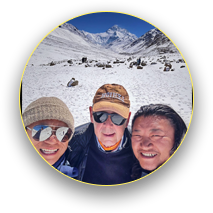
From Tibet travel permits to local accommodations and transportation, we've got you covered. While train and flight tickets to Tibet are not included, we ensure seamless and 100% guaranteed booking for your convenience.
Your Tibet tour experience starts with us!
Price Inclusions:
Entrance Fees to the Scenic Spots as Listed in the Itinerary Central Location Hotels Centrally Located Hotels with daily western & Chinese buffet breakfasts Authentic Chinese Food Private Cars and Drivers Private Guides Flights & Transfers in China Airport Taxes and Fuel Fees Service Charge & Government Taxes Travel Insurance Luggage Transfers
Price Exclusion:
International Airfare or Train Tickets to enter or leave China. China Entry Visa Fees Single Room Supplement Personal Expenses: such as laundry, drinks, fax, telephone calls, optional activities, sightseeing or meals which are not included in the tour itinerary
Contact us for your dream trip now !
Enquire NowYou May Also Like:
-
11-Day Hiking to Mountain Everest
Tour Route: Lhasa,Shigatse,Tingri,RongbukMongastery
From USD4619 p.p
View Details -
5-Day Lhasa to Tsetang Explore Trip
Tour Route: Lhasa - Gyantse - Shigatse - E.B.C
From USD1019 p.p
View Details







 View Trip Map
View Trip Map
 5.0
5.0 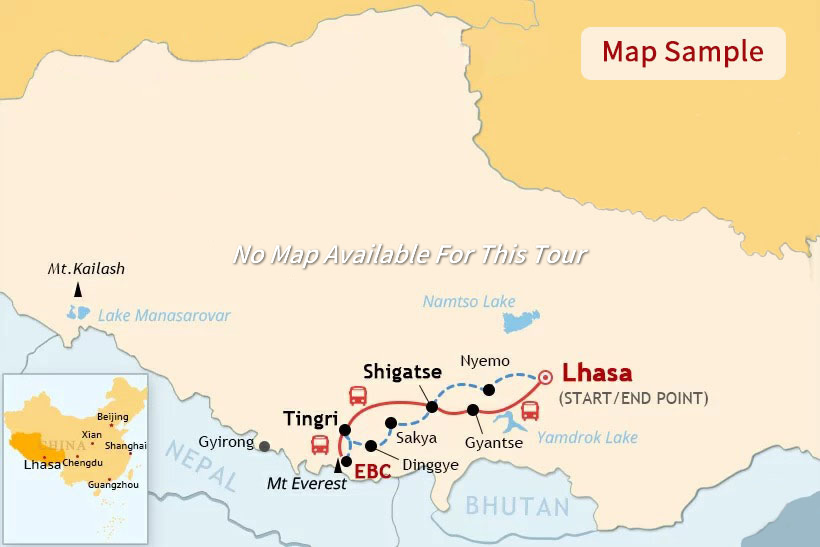

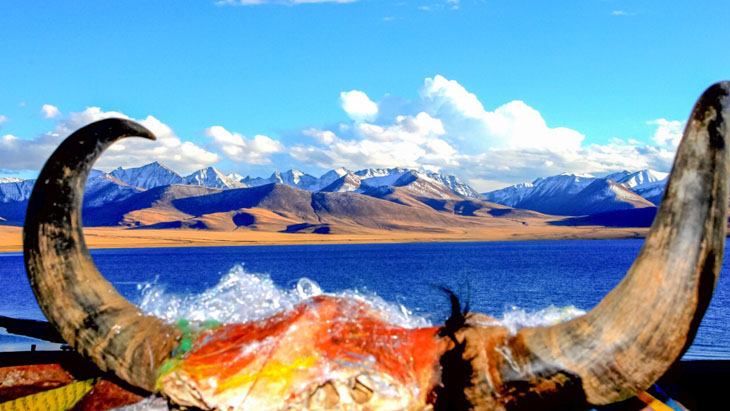
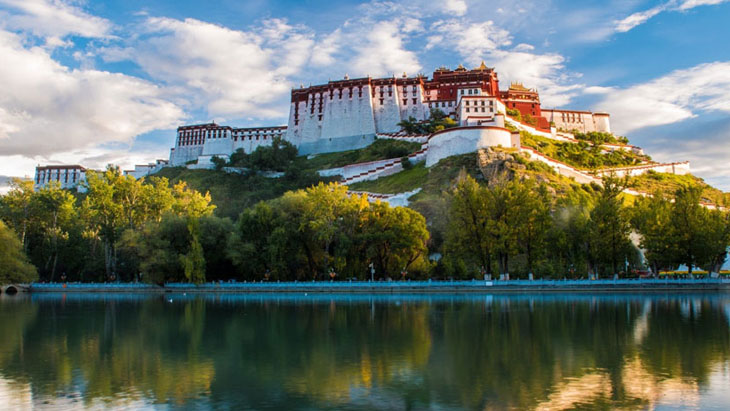
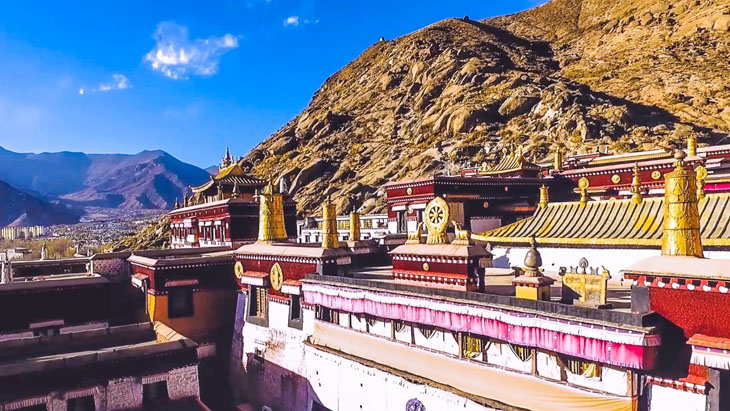
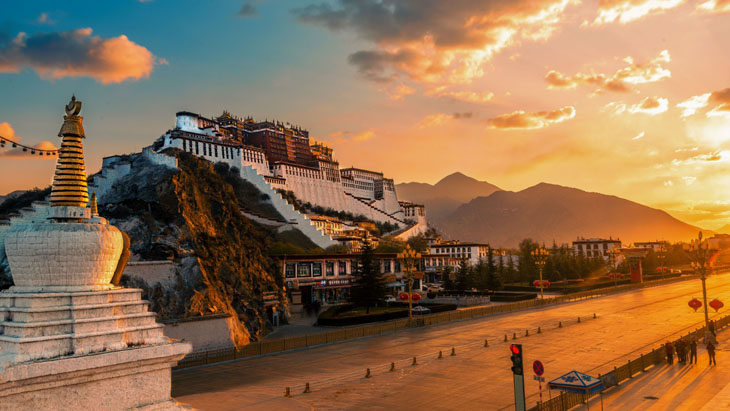
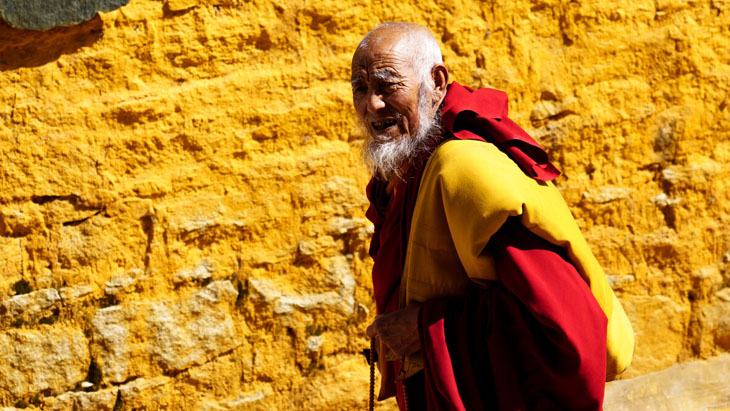























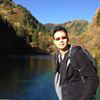

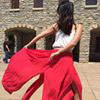

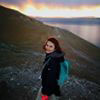

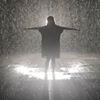
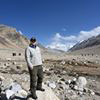
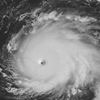
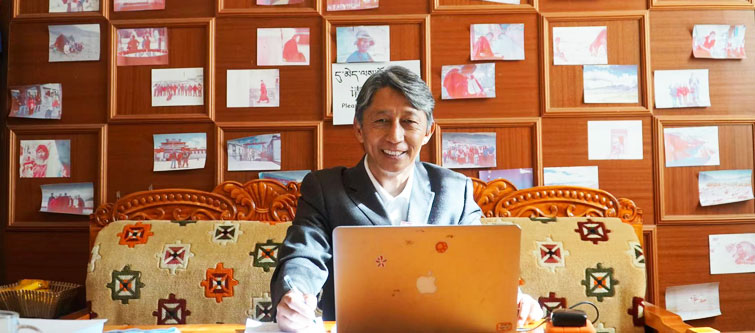
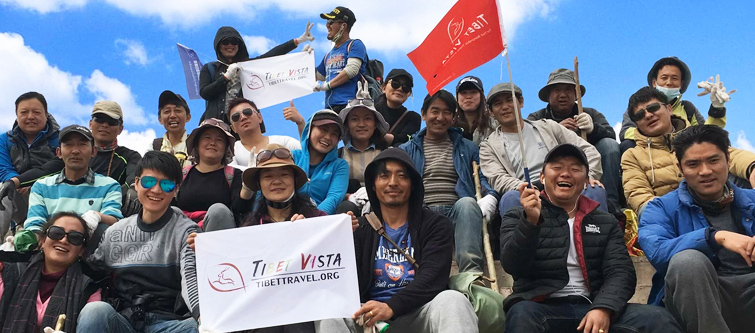
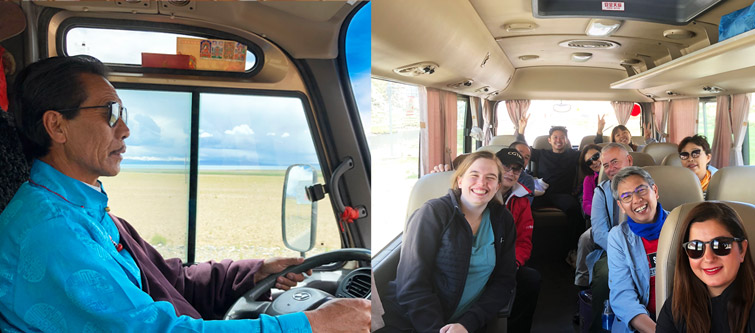
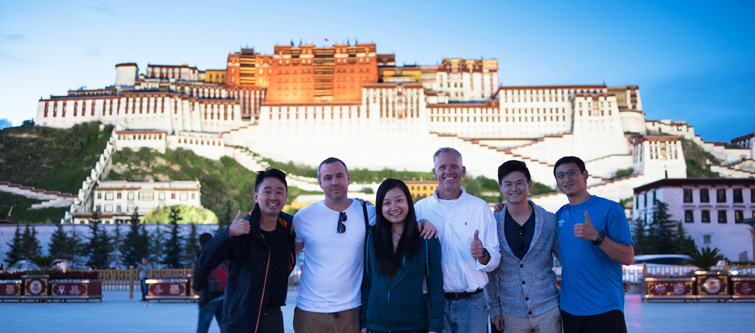
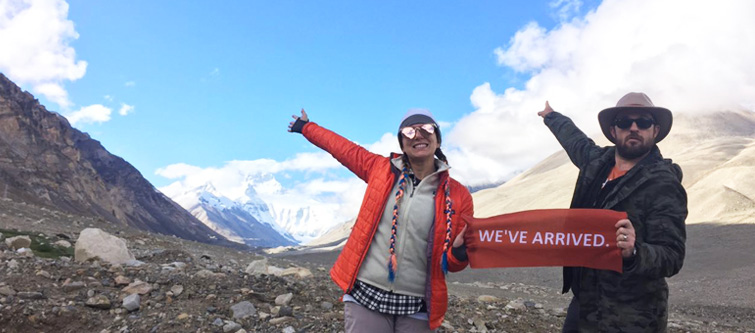

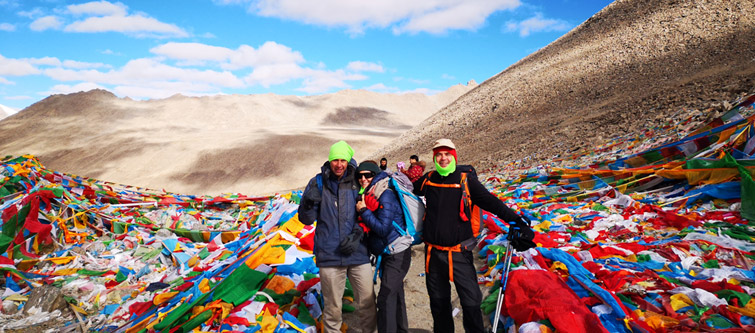
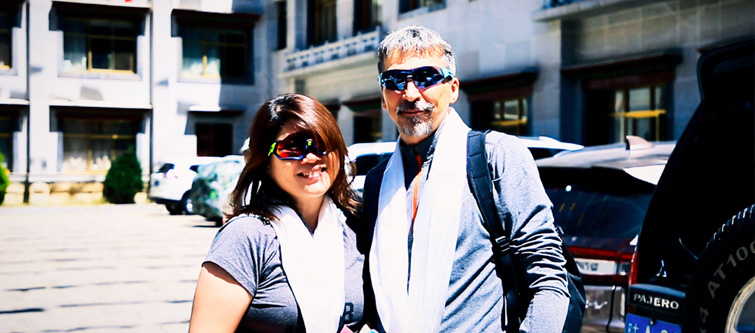
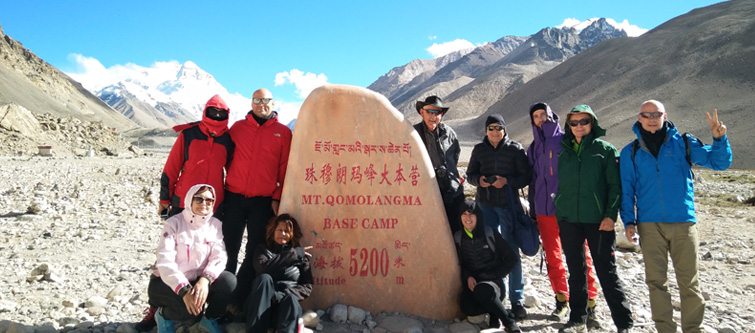
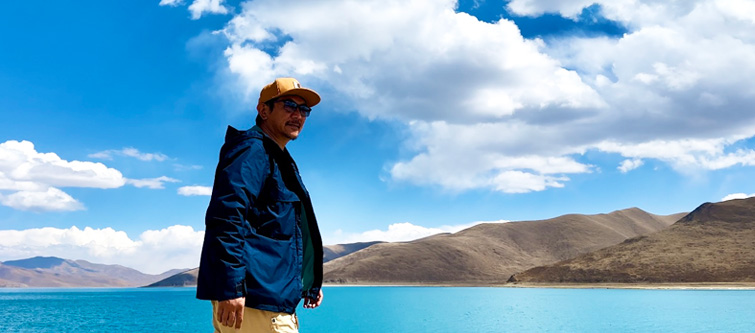
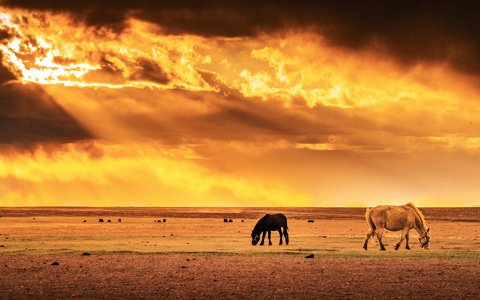
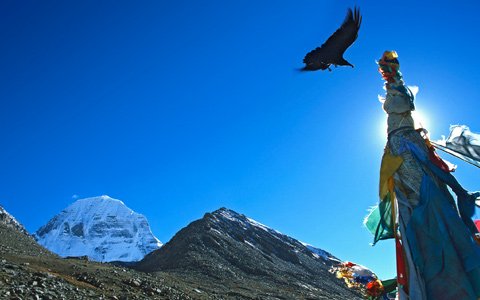
35 Comment ON "17-Day Mt Kailash and Lake Manasarovar Hiking Tour"
Asked by Liliana Me** from Macau
plan a 7-8days trip for me and my boyfriend in April
Hi! I would like to plan a 7-8days trip for me and my boyfriend in April (3rd to 10th ideally) to Nepal, Tibet, and, if possible, Bhutan. Do you think it would be doable? Based on what I read, there are some places/things to do to consider: Nepal: Everest Base Camp trek and the Annapurna Circuit, ancient temples, sacred sites like Lumbini, Kathmandu, Tibet: The Potala Palace in Lhasa and the Jokhang Temple. eventually the holy Mount Kailash or the high-altitude plains. Bhutan: Thimphu, Paro, and the famous Tiger’s Nest Monastery. To take part in cultural traditions, yoga, meditation... Of course I am open to any recommendations you could make. For your reference, we are both based in Asia: him, in Bangkok and myself in Macau. Thank you so much for the information you could provide and, if possible, an estimated budget for your offer.
Asked by Ke** from Singapore
Cycling Tour to Mt Kailash
Hi , we are planning a Cycling Trip once Tibet opens for Tourism. The plan is we shall arrive to Kathmandu , travel to the border and enter via Kerung. Can you pls send a day to day Itinerary starting from Kerung - Lake Manasarovar - Darchen - Asthapath. We shall go around Kailash on foot and resume Cycling back to Kerung. We are a Group of 6-8 persons. Thanks Pls send ur reply to Kevin
Asked by Debo** from USA
Please can you tell me the prices and dates for the Tibet Luxury Tour.
Also, could you please provide a detailed itinerary - I want to see how many hours are spent on buses/vehicles. Thank you! Deborah
Asked by S** from HongKong
Tibet Tour from HK
May I know if holding Mainland Travel Permit for HK Residents. is it also need to get the visa permit to Tibet and what is the procedure if need to apply? Thank you
Asked by Na** from USA
Is Kailash Mansarovar Trip open for Indian Passport Holder?
Is it open for Indian Passport Holder?
Asked by A** from Singapore
Enquiry on private tour
We are planning a trip from Hong Kong to Tibet during the 12th to 21st of April. We want a private tour that covers all the scenic places as well as the EBC. Please advise an itinerary along with the cost breakdown. Thanks.
Asked by Na** from Canada
We would like to take the train from Xining to Lhasa
Asked by Gr** from Canada
The "Tibet Entry Permit" should be apply
Asked by Tam** from Singapore
Sightseeing Potala Palace
Asked by Ka** from Singapore
plan to travel to Mount Kailash